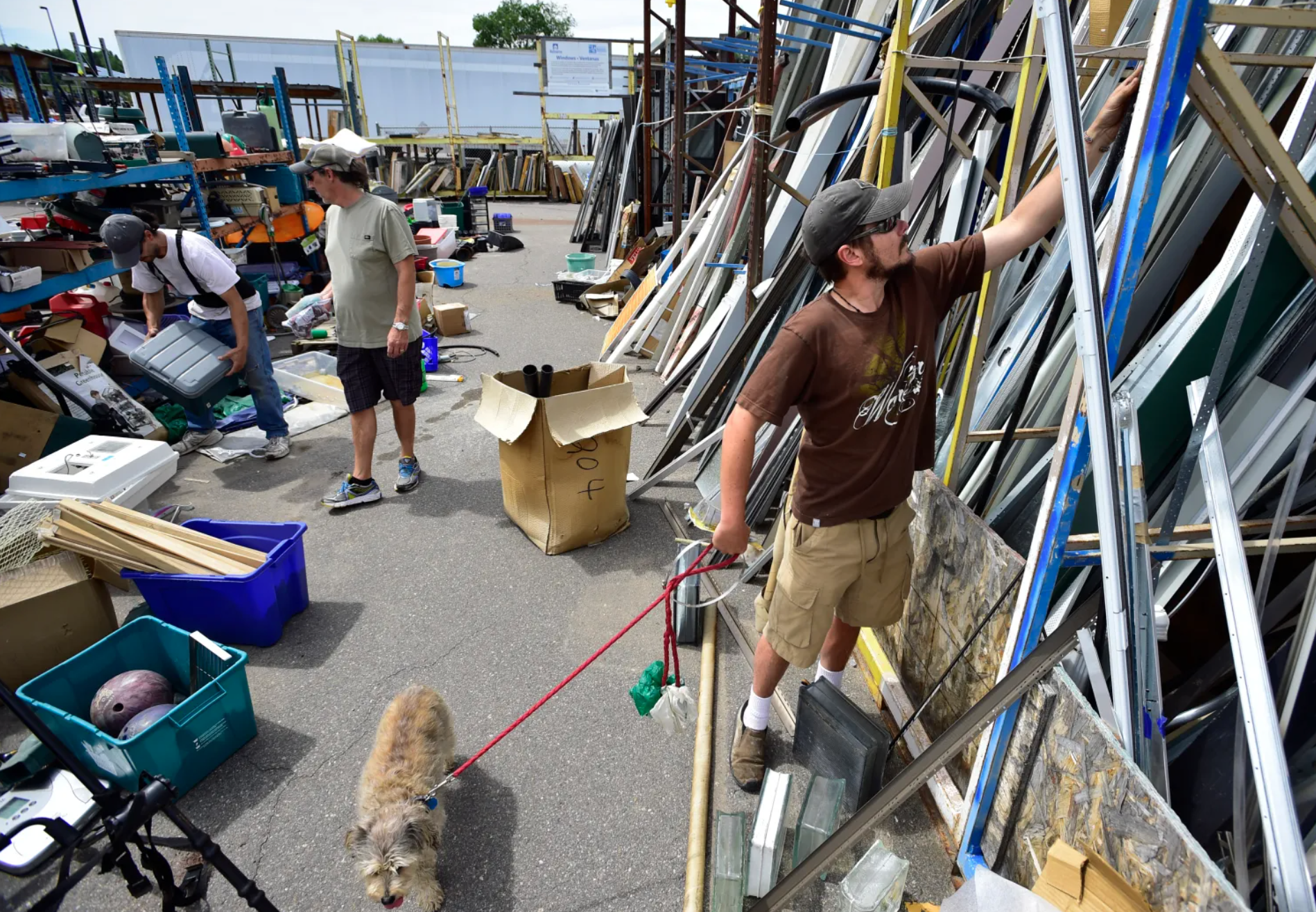Boulder a bright spot in Colorado Front Range recycling rates

Colorado’s Front Range still has a lot more work to do if it is going to be able to meet the state’s 2021 waste diversion goal. But despite low numbers elsewhere, Boulder stands out as a leading community for recycling, with a diversion rate of 57% last year.
Only 18% of all waste in the Front Range avoided landfills in 2018, according to recent data from the Colorado Department of Public Health and Environment. The department has set a 2021 goal for the region to have 32% of waste avoid landfills by being recycled or composted.
“We are really fortunate in Boulder to have a really engaged community around this topic,” said Alexis Bullen, sustainability spokesperson for the city. “It’s something that our community really values.”
The city has its own diversion goal for 2025, hoping to keep 85% of all waste out of landfills by then. And it’s on track. The amount of waste that was recycled went up 10% in the past two years, with the amount going to landfills getting increasingly smaller.
Bullen said she finds the overall Front Range statistics for diversion rates surprising.
“I think that there’s certainly room for improvement there,” she said.
As Wolf Kray, a Colorado Department of Public Health and Environment environmental protection specialist, put it, it will be a “big jump” for the Front Range to hit the 2021 goal.
“The numbers are certainly lower than we had hoped,” Kray said.
Kray believes both local and global factors are behind the low numbers and said the price to recycle is going up and counties are not all on the same page when it comes to the best approach for sustainability.
When collecting data, the state department could only average diversion rates for the Front Range as a whole instead of by county for a number of reasons, including that some landfills serve more than one county, Kray said. Although numbers are disappointing, the department is pleased it was able to collect the amount of data it did, he said, adding that he is not surprised by Boulder’s high diversion rate, which he attributed to initiatives the city has implemented over the years.
In 2016, the city adopted a zero waste ordinance which requires all property owners to subscribe to compost, recycling and trash services and requires all businesses in the city to have infrastructure to use diversion services. Boulder also was one of the first cities in the United States to introduce curbside recycling.
Still, Bullen said the push for a cleaner, greener Boulder has not been without challenge. Stream contamination, wherein waste goes to the wrong place, continues to be a problem. The city recently rolled out new resources for improving sorting, such as videos and a game for business employees to learn where waste goes, Bullen said.
A large part of the waste stream comes from demolition and construction, which the city is moving to make more requirements for, according to Bullen.
“These systems only work if people use them properly,” Bullen said.
Kate Bailey, policy and research director for Eco-Cycle, said she is grateful for the state department’s data but wishes it were better news.
“It comes as a shock to a lot of people,” Bailey said. “People think that (Colorado) has a pretty green reputation and we are definitely not living up to that at the state level”
Eco-Cycle is a nonprofit in Boulder County that sorts and processes waste in the county.
She called Boulder a “success story,” showing that recycling can be easy, convenient and accessible.
“Boulder deserves a lot of credit,” she said.
Bailey said she believes low diversion rates in other counties are caused by people having to “go out of their way” to recycle. She called initiatives such as curbside recycling in Boulder “low-hanging fruit” that many counties don’t offer.
Boulder also offers an economic incentive to recycle, by charging households less money depending on the amount of waste they put out, Bailey said. She also pointed to local governments across the Front Range, and the state, needing to be more involved in sustainability issues.
“Recycling is one of the easiest ways we can reduce our climate impact,” Bailey said. “It’s a daily activity to support a healthier, more resilient community and planet.”
Published on DailyCamera.com.
